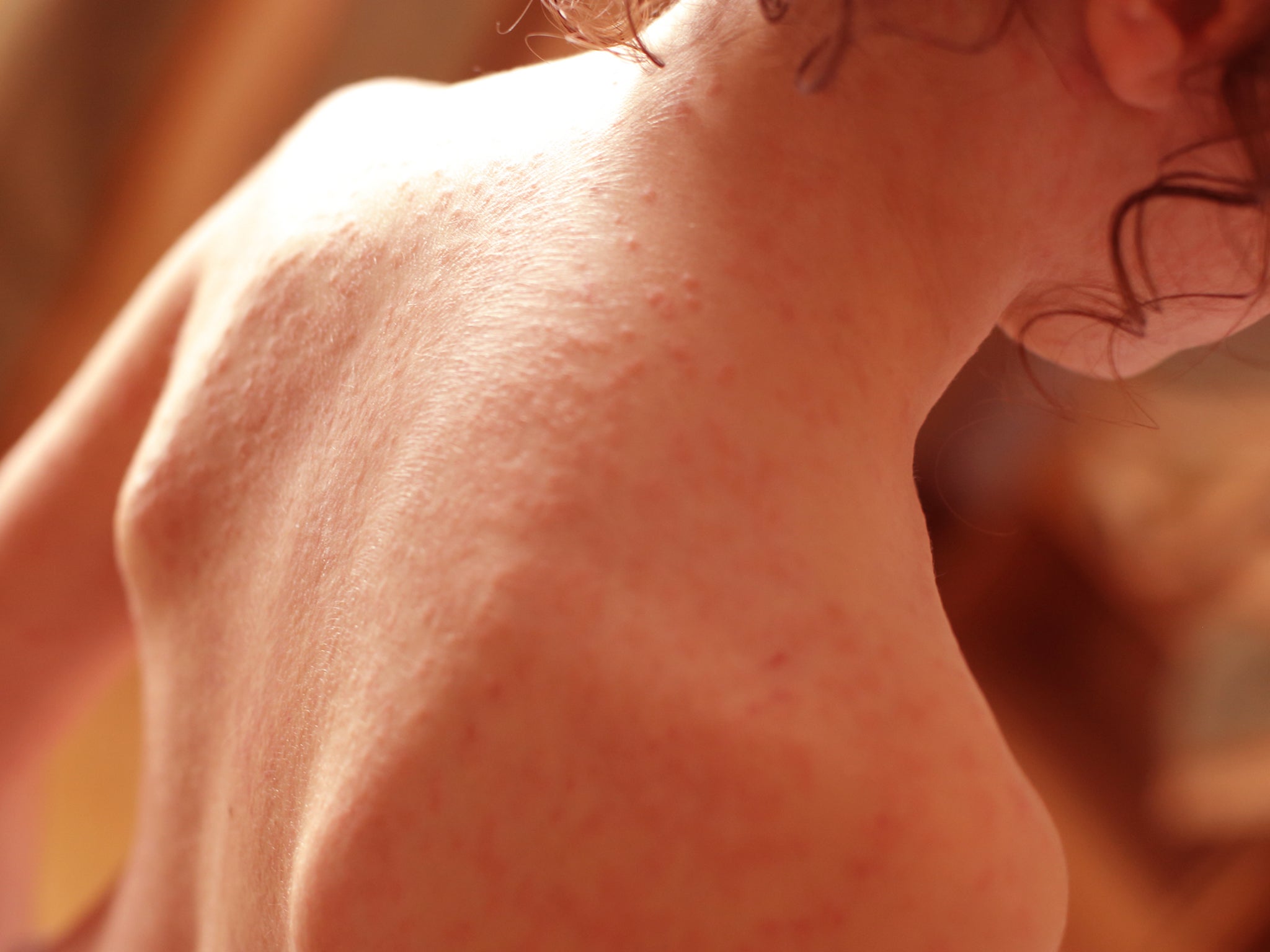
There were more than twice as many scarlet fever cases in recent months than previously thought, health authorities have said.
The latest data from the UK Health Security Agency showed there were 27,177 cases of the Strep A-related infection in England between 12 September and 18 December, with 9,482 in the past week.
Officials had previously reported 7,750 cases between 12 September and 11 December but on Tuesday announced that figure had been revised upwards by 128 per cent to 17,695.
UKHSA said the revision reflects a delay in reporting from around the country rather than cases having gone untreated, while another update is due on Thursday.
The other nations of the UK are also finding scarlet fever at higher rates than usual, while cases of the more serious invasive Strep A are above average too, particularly in children under 10.
Northern Ireland recorded 125 cases in November, compared to 25 in the same month in 2019; which was the highest figure of the previous four years.
Public Health Scotland (PHS) does not report scarlet fever cases specifically, though it uses reports of all Strep A-related infections as a proxy.
In the week to 18 December there were 717 Strep A-related cases, compared with between 160 and 270 reports per week during peaks observed in previous years, PHS said.
Wales has also reported higher than usual cases but has not produced figures. Both Scotland’s and England’s figures were slightly lower for the most recent week than the one before.
Scarlet fever is easily treatable but can, in rare cases, develop into the life-threatening invasive Strep A, also known as iGAS, which is also experiencing a surge this year. It has killed at least 21 children across the UK since September – 19 in England, one in Northern Ireland and one in Wales.

Health authorities believe the increase is most likely related to high amounts of circulating bacteria and social mixing compared with pandemic years.
The World Health Organisation said France, Ireland, Sweden and the Netherlands were also reporting a surge in cases this year, with children under 10 the most affected age group in each country.
Parents have been urged to look out for symptoms of Strep A-related illnesses, such as a fever, sore throat, swollen glands, difficulty swallowing, and headache. Signs of a more serious infection include dehydration, extreme tiredness, intense muscle pains, difficulty breathing or breathing very fast.
A UKHSA source cautioned it was likely that increased media coverage was partly driving increases in reporting.
Dr Colin Brown, deputy director of UKHSA, said parents should not hesitate to contact a doctor if they suspect their child has an infection.
He said: “Scarlet fever causes a sandpapery rash on the body and a swollen tongue. NHS services are under huge pressure this winter, but please visit NHS.UK, contact 111 online or your GP surgery if your child has symptoms of scarlet fever or ‘strep throat’ so they can be assessed for treatment.”

He added: “It is very rare that a child will go on to become more seriously ill, but parents know better than anyone else what your child is usually like, so you’ll know when they are not responding as they would normally.”
Chemists have had trouble accessing antibiotics such as penicillin to treat the infections.
Health minister Maria Caulfield told MPs that there were “supply issues” between manufacturers and pharmacies, rather than a shortage of medicines.
She said: “We have already issued [Serious Shortage Protocols] which are routine mechanisms when there are pressures on supplies.
“We have the stock of antibiotics in the country. As I outlined in my opening remarks, it is the supply issues. We are seeing five to six times the amount of antibiotics being prescribed at the moment.
“That is because UKHSA have issued guidance to GPs, to A&Es, to healthcare professionals, to lower the threshold of when they would normally give antibiotics, so we are seeing a significant number of increased use of antibiotics.”







